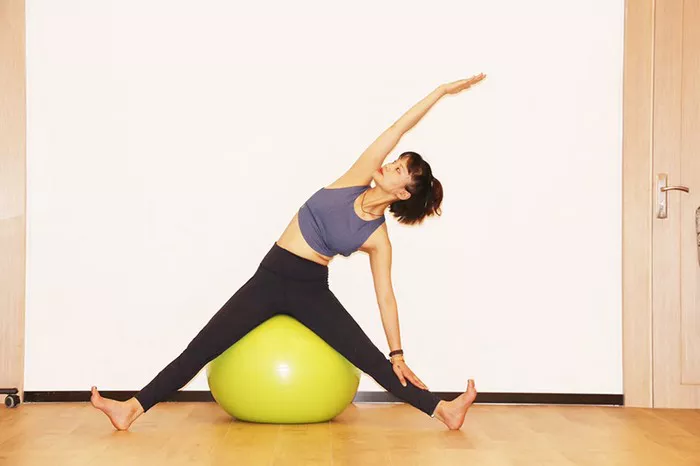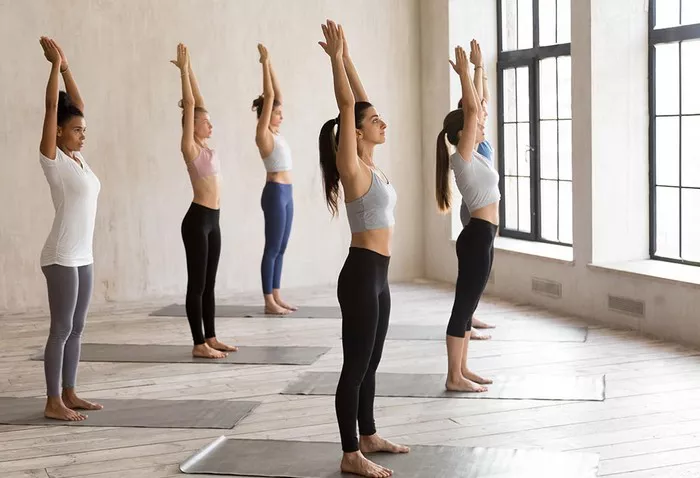Yoga, an ancient practice that integrates physical, mental, and spiritual disciplines, has gained immense popularity worldwide. While traditionally associated with adults, yoga’s benefits for children are increasingly recognized by parents, educators, and healthcare professionals. The question of the best age for kids to start yoga is multifaceted, involving considerations of physical development, emotional maturity, and the individual needs of each child. This article delves into the optimal age for children to begin practicing yoga, highlighting the benefits and considerations for various age groups.
The Benefits of Yoga for Children
Before exploring the ideal starting age, it’s essential to understand the benefits yoga offers to children. Yoga can significantly enhance physical health, mental well-being, and emotional stability. Key benefits include:
1. Physical Development: Yoga promotes flexibility, strength, coordination, and balance. These physical benefits are crucial for developing bodies, helping children grow strong and agile.
2. Mental Clarity: Practicing yoga helps children improve focus and concentration, which can be beneficial in academic and extracurricular activities.
3. Emotional Regulation: Yoga teaches mindfulness and relaxation techniques, aiding children in managing stress and emotions effectively.
4. Self-Esteem: Mastering yoga poses and practicing regularly can boost a child’s confidence and self-esteem.
5. Social Skills: Group yoga classes can enhance social interaction, teaching kids cooperation and respect for others.
Early Childhood: Ages 3 to 5
Physical Readiness and Developmental Considerations
Children as young as three can start practicing yoga, but the approach must be tailored to their developmental stage. At this age, children are highly curious, energetic, and have short attention spans. Yoga sessions for this age group should focus on fun, playful activities that incorporate basic poses and movements.
Benefits for Early Childhood
Yoga at this stage primarily enhances gross motor skills, flexibility, and body awareness. It also introduces children to the concept of mindfulness in a very simplified manner. Fun and engaging yoga poses, often mimicking animals or nature, can keep them entertained while fostering physical development.
Class Structure and Teaching Approach
Classes for young children should be short, typically 15-20 minutes, and highly interactive. Incorporating stories, songs, and games can make the sessions enjoyable and keep the children engaged. The primary goal is to create a positive association with physical activity and mindfulness.
Middle Childhood: Ages 6 to 9
Increased Attention Span and Learning Capacity
Children between the ages of six and nine have longer attention spans and a greater capacity to follow instructions and understand the benefits of yoga. This age group is typically more receptive to learning new skills and can begin to practice more structured yoga routines.
Physical and Mental Benefits
At this stage, yoga can significantly improve physical attributes like strength, flexibility, and coordination. Additionally, it can enhance cognitive skills such as focus and concentration, which are beneficial in a school environment. Yoga also provides an excellent outlet for managing stress and emotions, promoting overall mental well-being.
Appropriate Practices and Techniques
Classes can be slightly longer, around 30 minutes, and should include a balance of fun and instruction. Teachers can introduce more challenging poses and breathing exercises, encouraging children to develop a deeper understanding of yoga. Emphasis should be on correct form and safety to prevent injuries.
Late Childhood: Ages 10 to 12
Maturity and Understanding
By ages 10 to 12, children typically exhibit greater emotional maturity and a better understanding of the world around them. They are capable of more complex physical activities and can appreciate the holistic benefits of yoga.
Enhanced Physical and Emotional Benefits
Yoga for this age group can be more rigorous, focusing on enhancing strength, flexibility, and endurance. It can also serve as a critical tool for stress management, helping children navigate the challenges of school, social dynamics, and pre-adolescence.
Structured Classes and Independent Practice
Yoga sessions can be extended to 45 minutes or an hour, with a structured format that includes warm-up, asanas (poses), pranayama (breathing exercises), and relaxation techniques. Encouraging children to practice independently at home can further reinforce the benefits and foster a lifelong habit.
Adolescence: Ages 13 and Up
Transition and Self-Discovery
Adolescence is a period of significant physical, emotional, and psychological change. Yoga can be an invaluable tool during this transitional phase, helping teenagers navigate the complexities of growing up.
Comprehensive Benefits
For teenagers, yoga offers a comprehensive range of benefits, from improving physical health to enhancing mental clarity and emotional resilience. It can help manage the stress and anxiety associated with academic pressures, social expectations, and the journey of self-discovery.
Advanced Practice and Personalization
Teenagers can engage in more advanced yoga practices, including complex asanas and deeper meditation techniques. Classes can be more personalized, catering to individual needs and preferences. At this stage, yoga can also be integrated with other physical activities and sports to enhance overall fitness.
Factors Influencing the Best Starting Age
Individual Readiness
While age can provide a general guideline, individual readiness is crucial. Each child develops at their own pace, and some may be ready to start yoga earlier or later than their peers. Parents and teachers should consider a child’s physical abilities, attention span, and emotional maturity when determining the right time to begin yoga.
Professional Guidance
Professional guidance is essential, especially for younger children. Certified yoga instructors with experience in teaching children can ensure that practices are age-appropriate and safe. They can also adapt sessions to suit the needs and abilities of each child.
Parental Involvement
Parental involvement plays a significant role in a child’s yoga journey. Encouraging practice at home, participating in family yoga sessions, and providing a supportive environment can enhance the overall experience and benefits.
Conclusion
The best age for kids to start yoga varies depending on individual development and readiness. While children as young as three can begin with playful and engaging activities, more structured and rigorous practices are suitable for older children and teenagers. Regardless of the starting age, the benefits of yoga for physical health, mental clarity, and emotional well-being are profound. With the right approach and guidance, yoga can be a lifelong practice that enriches a child’s life in myriad ways.
















